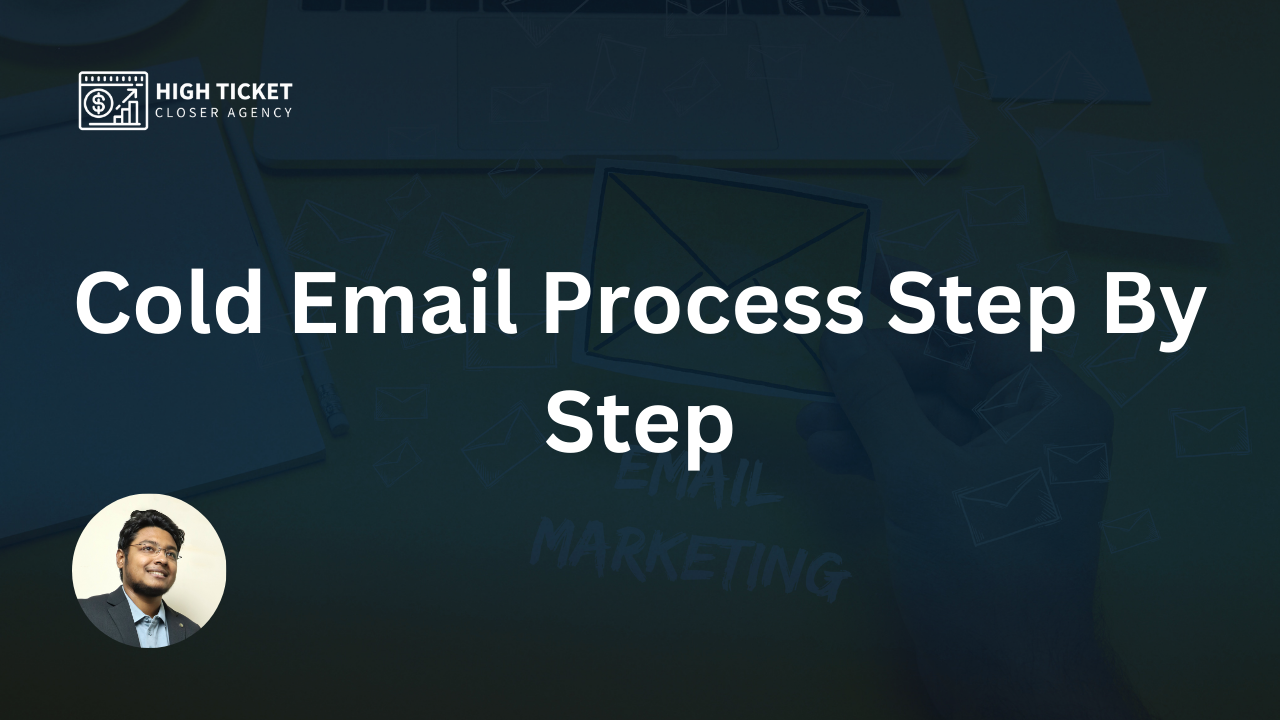In this article, I will present a comprehensive cold email strategy that covers two fundamental aspects: Email Settings and Sending Strategy.
You know by carefully setting up a dedicated email address, implementing essential email authenticators, and employing effective sending practices, you can significantly enhance the success of your cold email campaigns.
Whether you’re an experienced marketer or a business owner looking to expand your outreach, this guide will help you with the tools and knowledge to navigate the world of cold emailing. Thus, you can go with confidence and achieve meaningful results. Let’s dive in and unlock the potential of my email outreach!
Cold Email Strategy for Maximum Effectiveness
I) Email Settings
Create a Dedicated Email Address:
- Purchase a new domain or subdomain specifically for your cold email campaigns. This will let you separate your cold emails from your main business emails, reducing the risk of affecting your domain reputation.
- Set up a G Suite (Google Workspace) account for the new domain to manage your cold email communication professionally.
- Validate the ownership of the domain to establish credibility and ensure proper deliverability.
- Create and configure MX (Mail Exchange) records to direct incoming emails to your G Suite account.
Implement Email Authenticators:
- SPF (Sender Policy Framework): Set up an SPF record in your domain’s DNS settings to specify the authorized mail servers that can send emails on behalf of your domain. This helps prevent email spoofing and improves deliverability.
- DKIM (DomainKeys Identified Mail): Generate DKIM keys for your domain and add the corresponding public key to your DNS records. DKIM signatures ensure email integrity and authenticity.
- DMARC (Domain-based Message Authentication, Reporting, and Conformance): Configure a DMARC policy to instruct email receivers on how to handle unauthenticated emails from your domain. DMARC provides valuable reporting on email activity and enhances email security.
Warm-up Email Account:
- Gradually increase your email sending volume and frequency to warm up your new cold email account. This helps build a positive sender reputation and improves the chances of landing in your recipients’ inboxes.
Scrub Your Email List:
- Regularly clean your email list to remove invalid or inactive email addresses. A clean list improves deliverability and reduces the likelihood of being flagged as spam.
II) Sending Strategy
Consistent Send Schedule & Volume:
- Stick to a consistent email send schedule, such as sending emails in the mornings around 7 a.m. Avoid significant fluctuations in the number of emails sent to maintain a steady reputation with email providers.
Branding “From”:
- Use a recognizable and trustworthy sender name in the “From” field. For example, “Filip from TechRunner” establishes a personal connection and enhances open rates.
Use First Name@domain.com:
- Personalize your sender email address by using a first name, like “filip@domain.com.” Personalized email addresses are more likely to be perceived as genuine and legitimate.
Clean Signature:
- Utilize a clean and professional HTML or plain text signature. Avoid excessive images or graphics in your signature, as they may trigger spam filters.
Avoid Tracking Links:
- Though tracking links provide valuable insights, refrain from using them unless they are essential for your campaign. Some email providers might flag tracking links as suspicious, impacting deliverability.
Use Plain Text:
- Keep your cold emails in plain text format, without excessive colors or formatting. Plain text emails are less likely to be in the spam folder and have a higher chance of reaching the recipient’s inbox.
Monthly Email Server Review:
- Regularly review your email server performance and sender reputation on a monthly basis. Monitoring helps identify and address any potential deliverability issues promptly.
By following this comprehensive cold email strategy, you can enhance your email deliverability, maintain a positive sender reputation, and improve the overall effectiveness of your cold email campaigns.
Don’t forget to maintain relevant email marketing regulations and always provide valuable and relevant content to your recipients.

I’m Md Tangeer Mehedi, and I’ve been actively engaged in cold emailing for the past three years. My primary focus is appointment setting with B2B clients and helping businesses set up their cold email systems. In this blog, I will share real-life problems I’ve encountered in my work and provide solutions to these challenges. I hope you enjoy reading my blog and find it helpful.


